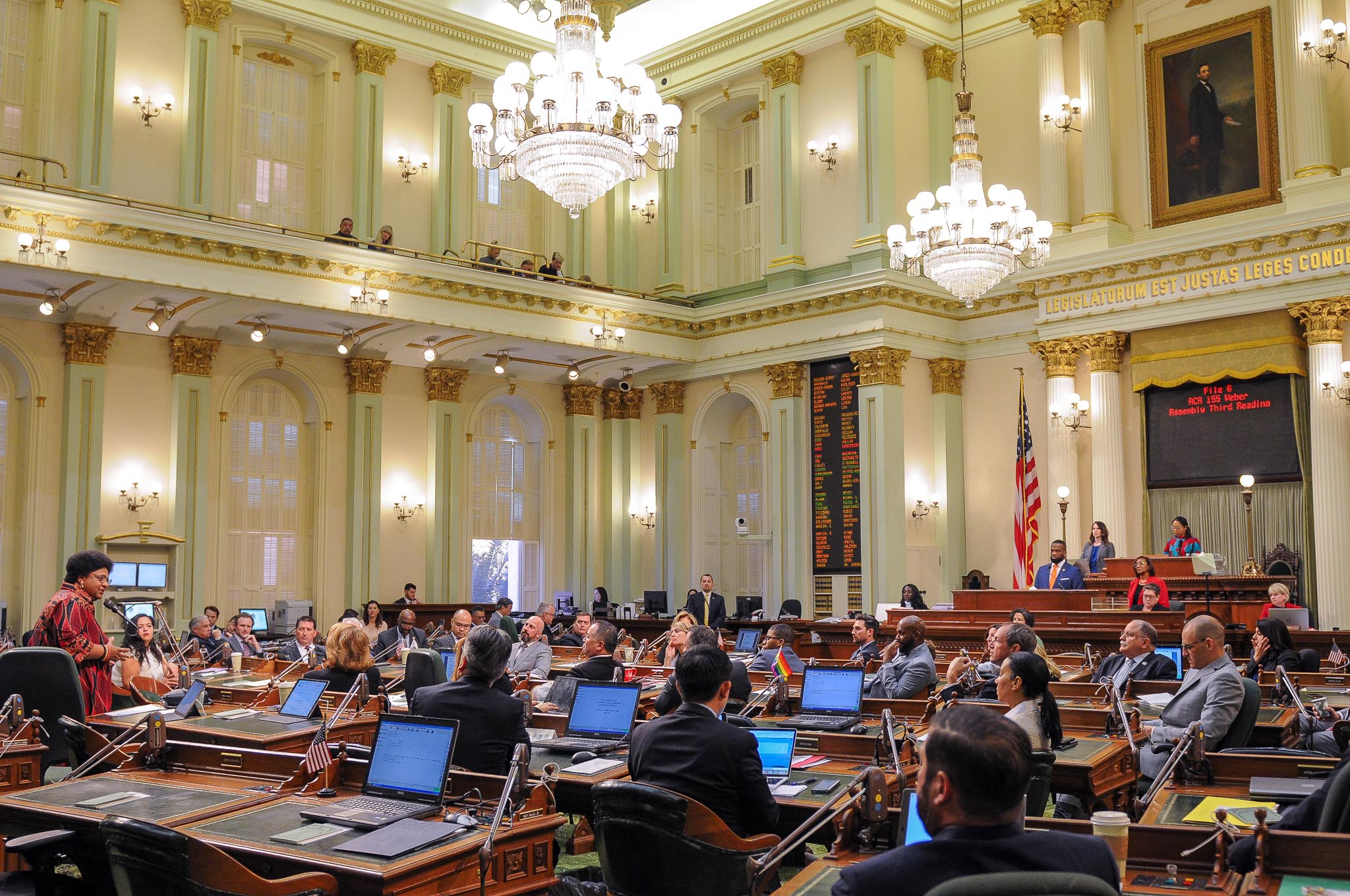
California State Capitol. (Photo: Kevin Sanders for California Globe)
General Principles of Evidence
Title 1 was enacted in 1872 and is one of the four original Codes in this state
By Chris Micheli, April 1, 2025 2:30 am
California’s Code of Civil Procedure in Part 4, Title 1 contains “general principles of evidence.” Title 1 was enacted in 1872 and is one of the four original Codes in this state.
Section 1855 states that, when any map which has been recorded in the office of the recorder of any county is injured, destroyed, lost, or stolen, any person interested may file in the superior court of the county in which the map was originally filed or recorded a verified petition in writing alleging that the map has been injured, destroyed, lost, or stolen without fault of the person making the application, and that the petitioner has a true and correct copy of the original map which he or she offers for record in the place of the original map.
Section 1856 specifies that terms set forth in a writing intended by the parties as a final expression of their agreement with respect to the terms included may not be contradicted by evidence of a prior agreement or of a contemporaneous oral agreement. The terms set forth in writing may be explained or supplemented in specified circumstances.
Where a mistake or imperfection of the writing is put in issue by the pleadings, this section does not exclude evidence relevant to that issue. Where the validity of the agreement is the fact in dispute, this section does not exclude evidence relevant to that issue.
Section 1857 specifies that the language of a writing is to be interpreted according to the meaning it bears in the place of its execution, unless the parties have reference to a different place.
Section 1858 states that, in the construction of a statute or instrument, the role of the judge is simply to ascertain and declare what is in terms or in substance contained therein, not to insert what has been omitted, or to omit what has been inserted.
Section 1859 says that, in the construction of a statute, the intention of the Legislature, and in the construction of the instrument the intention of the parties, is to be pursued, if possible; and when a general and particular provision are inconsistent, the latter is paramount to the former. So a particular intent will control a general one that is inconsistent with it.
Section 1860 provides that, for the proper construction of an instrument, the circumstances under which it was made, including the situation of the subject of the instrument, and of the parties to it, may also be shown.
Section 1861 species that the terms of a writing are presumed to have been used in their primary and general acceptation, but evidence is nevertheless admissible that they have a local, technical, or otherwise peculiar signification, and were so used and understood in the particular instance, in which case the agreement must be construed accordingly.
Section 1862 states that when an instrument consists partly of written words and partly of a printed form, and the two are inconsistent, the former controls the latter.
Section 1864 says that, when the terms of an agreement have been intended in a different sense by the different parties to it, that sense is to prevail against either party in which he supposed the other understood it.
Section 1865 states a written notice is to be construed according to the ordinary acceptation of its terms.
Section 1866 provides that, when a statute or instrument is equally susceptible of two interpretations, one in favor of natural right, and the other against it, the former is to be adopted.
- ‘Bottomry’ in California - December 8, 2025
- Interstate Depositions and Discovery Act - December 7, 2025
- Trial by the Court in California - December 7, 2025




